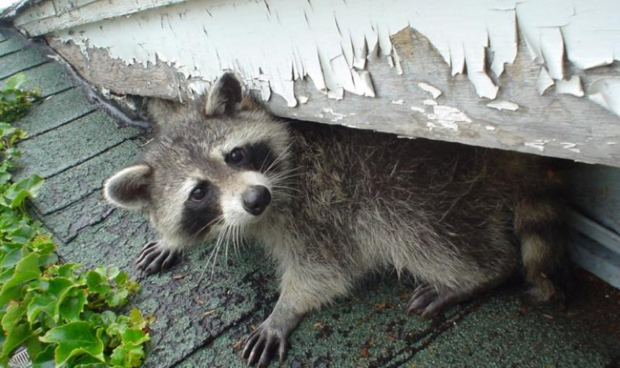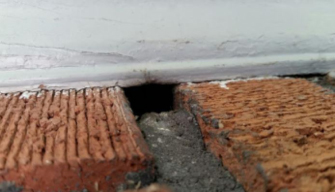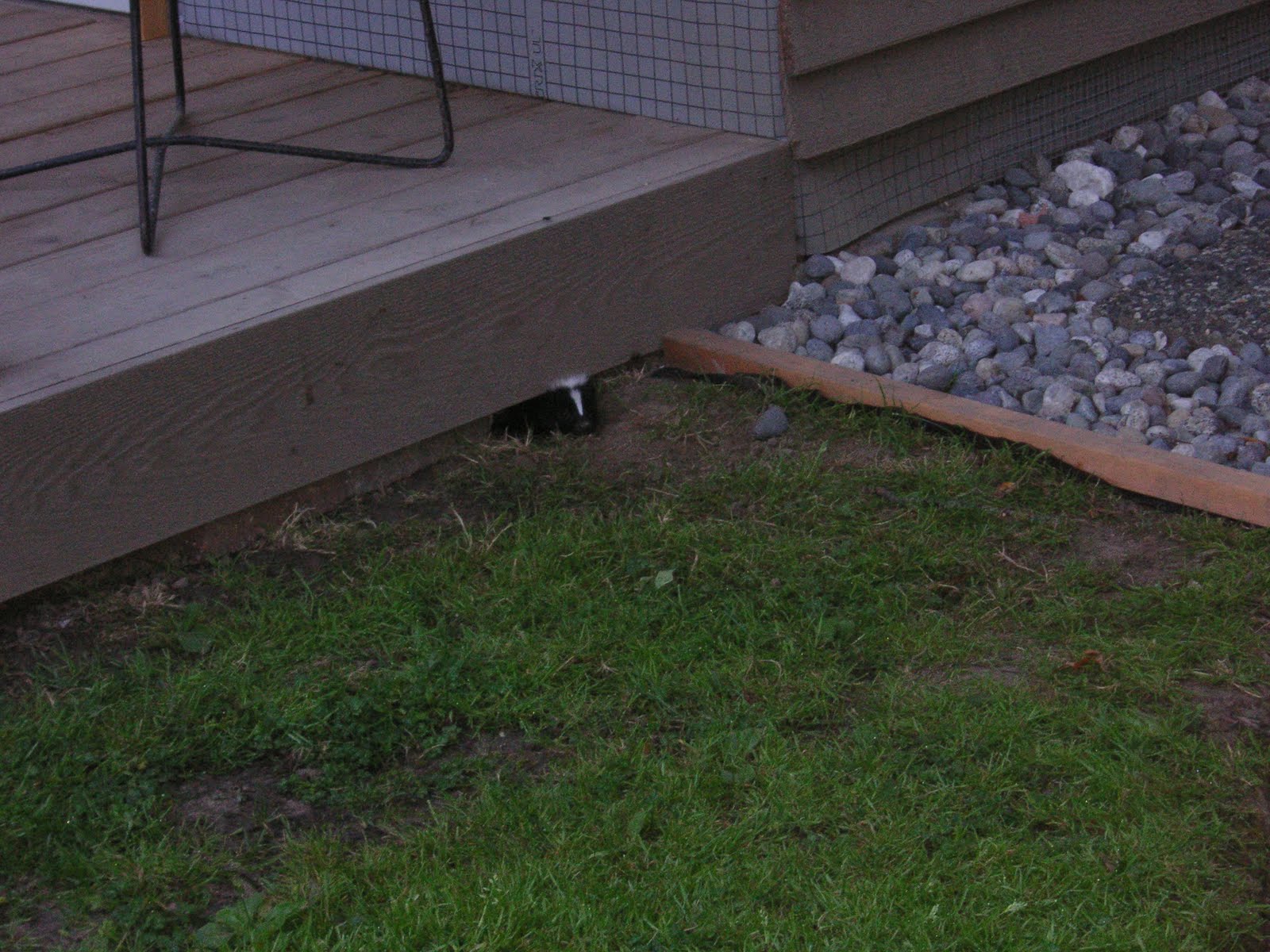
Much like humans, wildlife enjoy warm, safe, quiet homes. A raccoon doesn’t know (or care) that an attic belongs to a family home, and the damage it caused to live in the roof will cost the homeowner dearly to fix. The mice scurrying across your kitchen floor and into the tiny hole behind your refrigerator have no idea you are terrified of them, or that their 45 relatives living in the walls and between the layers of insulation are not welcome.
Wildlife of all species need these warm and safe places to reproduce and thrive. It’s terribly unfortunate that our modern dwellings are most often the perfect fit for urban wildlife. Let’s take a look at some of the areas of your property where animals most often want to live:
The Attic
This is the ultimate place for wildlife. If they can survive in the attic, they have really made the big time! Think about it — not having to worry about the rain and the snow, warm insulation and an entry hole that they can come and go from to get food and water. There is so much room in some attics, we have even seen multiple families and species living up there.
Wall Cavities
 Mice and bats are the most likely culprits when talking about wildlife in wall cavities. Mice can find their way into walls a number of ways, including through weep vents in bricks. Once inside the home, mice scurry down vents and through HVAC systems until they’ve infiltrated the entire home. Bats find themselves in wall cavities for a different reason. Bats are so sensitive to temperature that they can find themselves prematurely waking up from hibernation, and make their way into the interior of the house. This is because the exterior walls of a home, especially one exposed to sun during the warmest part of the day, can give off enough heat, even in the winter, to confuse a bat. It’s not time to wake up yet little guy!
Mice and bats are the most likely culprits when talking about wildlife in wall cavities. Mice can find their way into walls a number of ways, including through weep vents in bricks. Once inside the home, mice scurry down vents and through HVAC systems until they’ve infiltrated the entire home. Bats find themselves in wall cavities for a different reason. Bats are so sensitive to temperature that they can find themselves prematurely waking up from hibernation, and make their way into the interior of the house. This is because the exterior walls of a home, especially one exposed to sun during the warmest part of the day, can give off enough heat, even in the winter, to confuse a bat. It’s not time to wake up yet little guy!
WATCH VIDEO of mice entering a weep vent
Sheds
Most sheds are built at the back of a home and are not constructed as solidly as a home would be. Homeowner’s sheds are often neglected to the point where wood rots out, or metal becomes rusted to allow wildlife easy access. Once inside, animals will burrow into pillows, find objects to nest in, rip apart fabrics and chew wood and plastic.
Under Decks
Sometimes animals are lazy and don’t want to climb up to your roof and try and bust into the attic, so they keep things lower to the ground and set their sights on your deck. A lot of decks have lattice that runs along the bottom. Lattice is not something people typically take very good care of. It’s thin, flimsy wood that can rot over time, and because wildlife are intelligent and opportunistic, they recognize the ease in which they can manipulate this wood to live under decks.
Concrete Porches
It’s the space between the porch and the ground that wildlife are interested in. Wildlife such as skunks and chipmunks like to burrow under solid objects to make nests and store food. If a porch doesn’t have a foundation, it can erode and soften to the point where it can be easy to dig under and start a family.
 As you can see, there are plenty of opportunities for wildlife to invade your property. These are all common places we see wildlife cause significant damage. Don’t neglect your property and you’ll have a better chance of raccoons, mice, squirrels, birds, skunks or bats skipping your home and moving on to another home.
As you can see, there are plenty of opportunities for wildlife to invade your property. These are all common places we see wildlife cause significant damage. Don’t neglect your property and you’ll have a better chance of raccoons, mice, squirrels, birds, skunks or bats skipping your home and moving on to another home.


